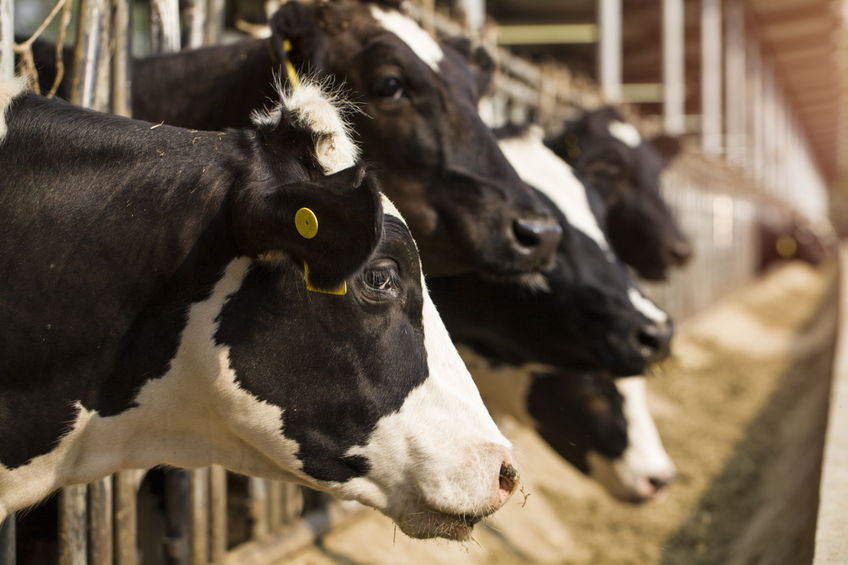
An agri-tech firm has identified a new early standard for mastitis detection – 'Level Zero' – which it says will enhance cattle welfare and reduce economic losses for farmers.
The new early diagnostic standard has identified a specific temperature pattern that indicates the early onset of mastitis through analysis of data collected through monitoring.
This sets a new 'Level Zero' standard for the detection and proactive prevention of the disease, according to Austrian agri-tech firm smaXtec.
Based on accurate measurements of inner body temperature generated by its health monitoring boluses, smaXtec says it has identified three rapid temperature increases over a short period as the trigger for mastitis.
The Level Zero classification, the lowest in severity, is described as inflammation already being present but with a normal-appearing mammary gland and visibly normal milk.
Data also shows that a cow’s inner body temperature increases up to four days before clinical symptoms of mastitis become visible.
Until now, it’s been considered good practice to detect and treat mastitis from Level One.
But if farmers can identify mastitis at Level Zero before the somatic cell count (SCC) reaches pathological levels, smaXtec says it gives them the ability to administer a preventative treatment.
The Austrian agri-tech firm says the scientific advancement is a major step in proactively tackling one of the costliest diseases impacting the dairy sector.
Industry reports estimate that the loss of milk production, associated veterinary costs and premature culling costs £334 per case of mastitis.
The firm says: "Customers typically report a 55% reduction in antibiotic usage for mastitis cases in the first few months of using the bolus technology.
"And longer-term customers report antibiotic reduction by up to 70% - this is encouraging data for an industry focused on reducing antibiotic usage."
